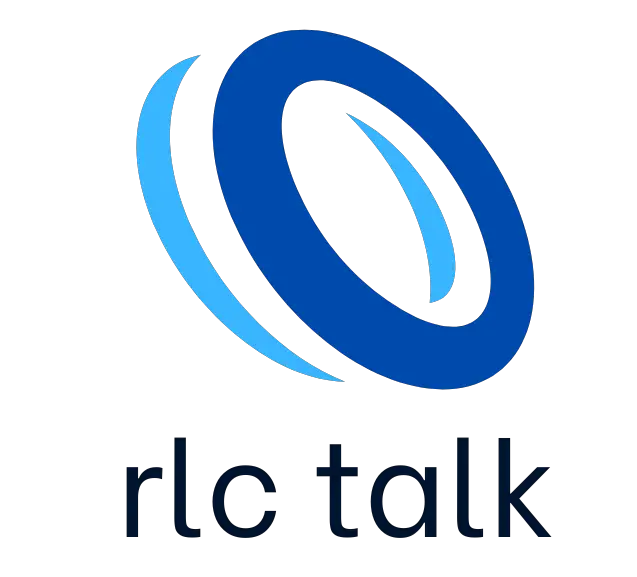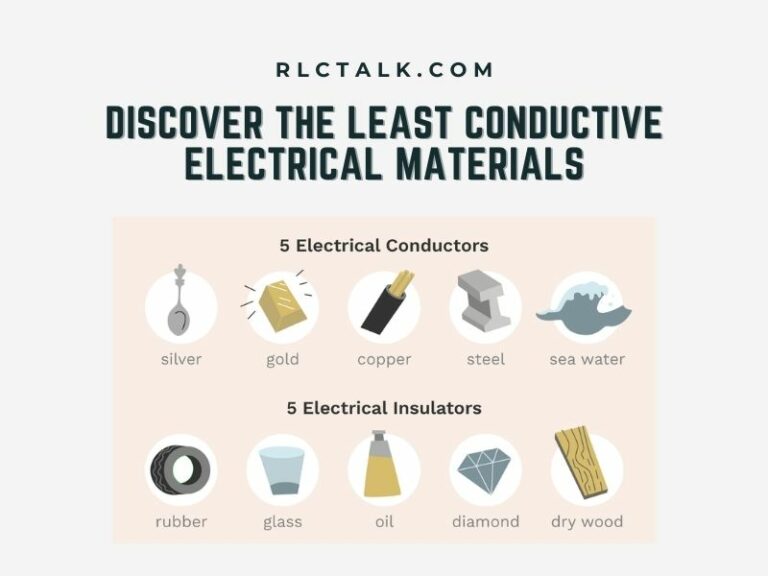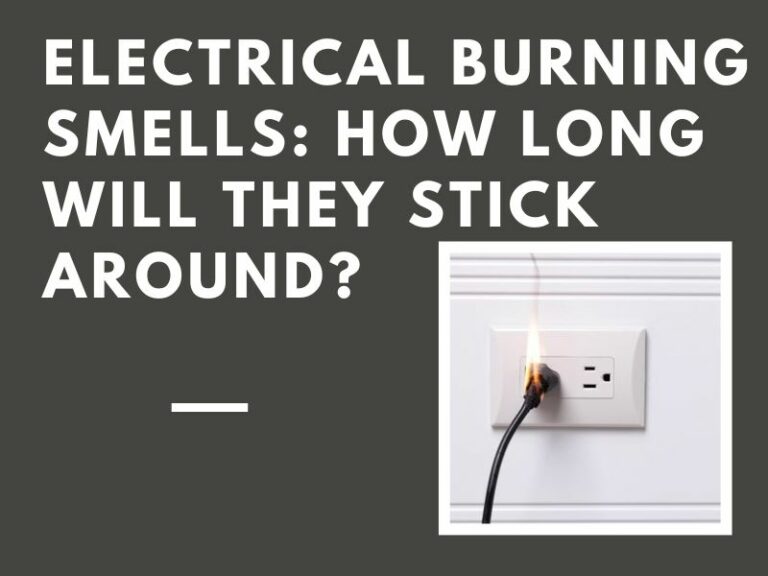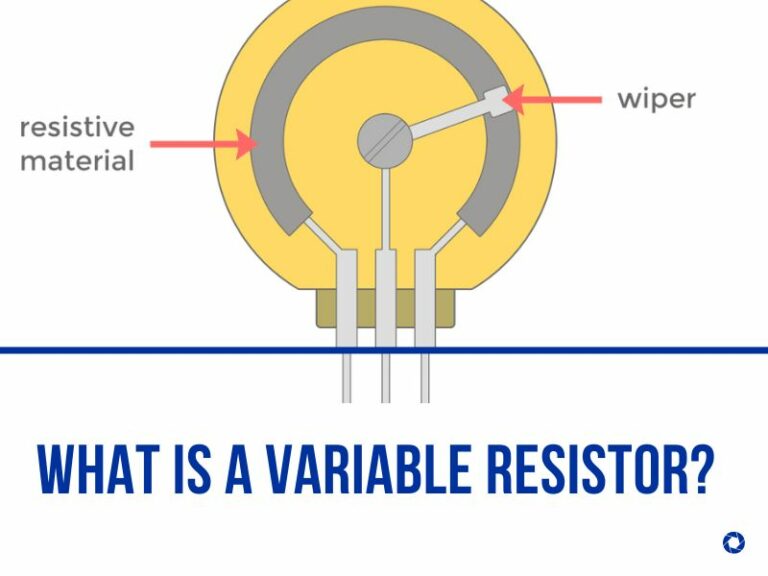LED Grow Light Repair: What You Must Know
LED grow lights have revolutionized indoor gardening by providing efficient and customizable lighting solutions. And I know from my experience the grow lights tend to malfunction easily, and I guess this happens usually because the grow lights deal with moisture every day.
So, as preventing grow light problems is not much practical, we can repair those on our own with the help of some tools and a little effort. In this guide, I will discuss how to repair the LED grow lights in different scenarios.
What Are the Common Issues with LED Grow Lights?
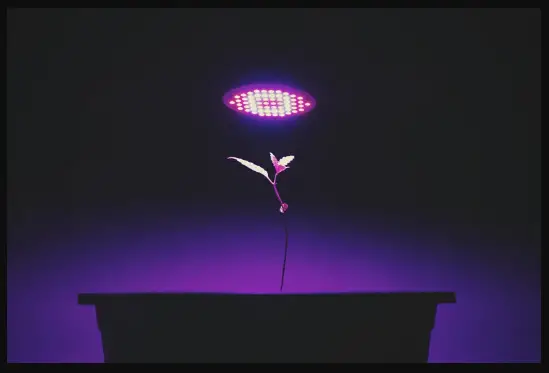
LED grow lights have revolutionized indoor gardening by providing efficient and customizable lighting solutions. However, like any electronic device, LED grow lights are not immune to issues that can affect their performance.
01. Most common problem: Grow light won’t turn on at all
The most common problem when a grow light won’t turn on is related to power issues. Start by checking the power source, ensuring the light is properly plugged in and the outlet is functional. Inspect the power cord for any damage.
If the issue persists, examine the light’s internal components for loose connections, blown fuses, or malfunctioning switches. If you’re uncomfortable with electrical troubleshooting, consult the user manual for specific guidance or contact the manufacturer’s customer support. Sometimes, the light may be covered under warranty, and they can assist or facilitate repairs or replacements.
02. Flickering or Dimming Lights
Flickering or dimming LED grow lights are often the result of loose electrical connections, malfunctioning drivers, or inadequate power supplies. These issues can lead to inconsistent light output, detrimental to plant growth as it disrupts the required light spectrum and intensity.
Solutions: To address this problem, inspect the power connections, tighten any loose wiring, and replace faulty drivers or power supplies as needed. Ensuring a stable power source is crucial for consistent light output.
03. Dead or Malfunctioning LEDs
Individual LEDs within the grow light panel can cease to function. This may be due to LED burnout, circuit board damage, or loose solder connections. When many LEDs fail, it can lead to reduced light intensity and coverage.
Solutions: To resolve this issue, identify and replace the malfunctioning LEDs. If the problem is solder-related, re-solder the connections carefully. Manufacturers often provide replacement LEDs and detailed instructions for this purpose.
04. Electrical or Wiring Issues
Wiring problems can manifest as erratic behavior in the grow light. These issues may include exposed wires, loose connections, or damage to the power cord. Faulty wiring can jeopardize the safety of the grow light and result in inconsistent operation.
Solutions: Ensure that all wiring and connections are properly insulated and secure. Replace damaged power cords or connectors, and conduct a thorough visual inspection of the wiring to detect any potential issues.
05. Heat Sink Problems
LED grow lights generate heat, which is managed by heat sinks. If the heat sink is inadequate, damaged, or improperly seated, it can lead to overheating, reduced LED lifespan, and decreased light efficiency.
Solutions: Check the condition of the heat sink and ensure it is free from dust and debris. If damaged, consider replacing it with a compatible heat sink. Proper ventilation and heat management are crucial for the longevity of LED grow lights.
06. Cooling System Failures
LED grow lights often employ cooling systems, such as fans or passive cooling. If these systems fail, the lights can overheat, affecting their performance and posing a fire hazard.
Solutions: Inspect the cooling system components, including fans and heat sinks. Clean or replace them as needed to ensure efficient heat dissipation. Regular maintenance can prevent cooling system failures.
Understanding these common issues with LED grow lights and their underlying causes will help you troubleshoot and address problems as they arise, ensuring your plants receive the consistent and effective lighting they need for healthy growth.
How Can You Diagnose the Problem with Your LED Grow Light?
Diagnosing problems with your LED grow light is essential to maintain optimal plant growth and prolong the light’s lifespan. Here are steps to help you diagnose the problem with your LED grow light:
01. Visual Inspection
A visual inspection is the first and simplest step in diagnosing issues with your LED grow light.
- Examine the exterior of the light fixture for any visible signs of damage or wear. Look for loose or disconnected wires, burnt or discolored components, or physical damage such as dents or cracks.
Pay particular attention to the power cord and its plug. Check for any frayed wires, exposed conductors, or damaged pins. Such issues can disrupt the electrical supply to the light.
02. Functionality Testing
This method involves testing your LED grow light’s various functions and settings to identify any anomalies in its performance.
- Turn on the light and go through its features. Check if it offers different color channels, dimming options, fans, timers, or other functionalities.
Observe if any of these functions are not working correctly. For instance, if a specific color channel is not producing the expected light spectrum, it could indicate an issue with that particular LED or control circuit.
If you notice uneven light output or dead zones, this could indicate malfunctioning LEDs.
03. Use a Multimeter
When you suspect electrical problems, a multimeter is a handy tool for measuring voltage and testing electrical components.
- Check the power supply to ensure it’s delivering the correct voltage to the LED grow light. Verify that the voltage output is within the expected range.
- Use the multimeter to test the continuity of electrical connections within the light fixture. Loose or damaged wires can be identified through continuity testing.
For instance, if the multimeter indicates an open circuit (no continuity) in a wire or connection, it signifies a break or disconnection that needs to be fixed.
By combining these three methods, you can quickly evaluate the condition of your LED grow light. Visual inspection helps identify external issues, functionality testing reveals problems with the light’s features, and using a multimeter allows you to diagnose electrical and connectivity issues. Always ensure the LED grow light is disconnected from the power source when performing these diagnostic procedures for safety reasons.
Why Is Wire So Expensive? All You Need To Know
rlctalk.com
What to do when an LED grow light fan is not working?
When the fan in your LED grow light isn’t working, it can lead to overheating and reduced performance. First, check if the fan blades are obstructed by dust or debris, and clean them if necessary.
Ensure the power source and electrical connections are intact. If the fan still doesn’t work, it might be a malfunctioning fan motor. In such cases, contact the manufacturer or the seller for warranty or repair options. Avoid running the LED grow light without proper cooling, damaging the diodes and leading to premature failure.
Can you replace bulbs in LED grow lights?

In most cases, LED grow lights are designed with integrated diodes, which means the LED bulbs cannot be replaced individually. Unlike traditional lighting fixtures that use replaceable incandescent or fluorescent bulbs, LED grow lights incorporate multiple small LEDs on a circuit board to produce light.
If one or more diodes in an LED grow light fail or become damaged, replacing the entire fixture or contacting the manufacturer for repairs or replacement parts is often necessary. Many LED grow light manufacturers offer warranties that cover the diodes and fixtures, so it’s a good idea to check your warranty and contact customer support for assistance if you encounter problems with the LEDs.
Final words
In conclusion, troubleshooting and addressing issues with LED grow lights, whether they’re partially malfunctioning, the fan is not working, or the light won’t turn on at all, typically involve a systematic approach. It’s crucial to begin by checking power sources, connections, and cleaning to rule out simple problems.
If these steps don’t resolve the issue, consulting the manufacturer’s guidance, utilizing warranties, or seeking professional assistance is advisable to ensure optimal performance and longevity of your grow lights. Regular maintenance and care are also essential for extending the life of these crucial tools for indoor plant cultivation.
Demystifying the Inner Workings: How Does a 2-Wire Solenoid Valve Function?
rlctalk.com
